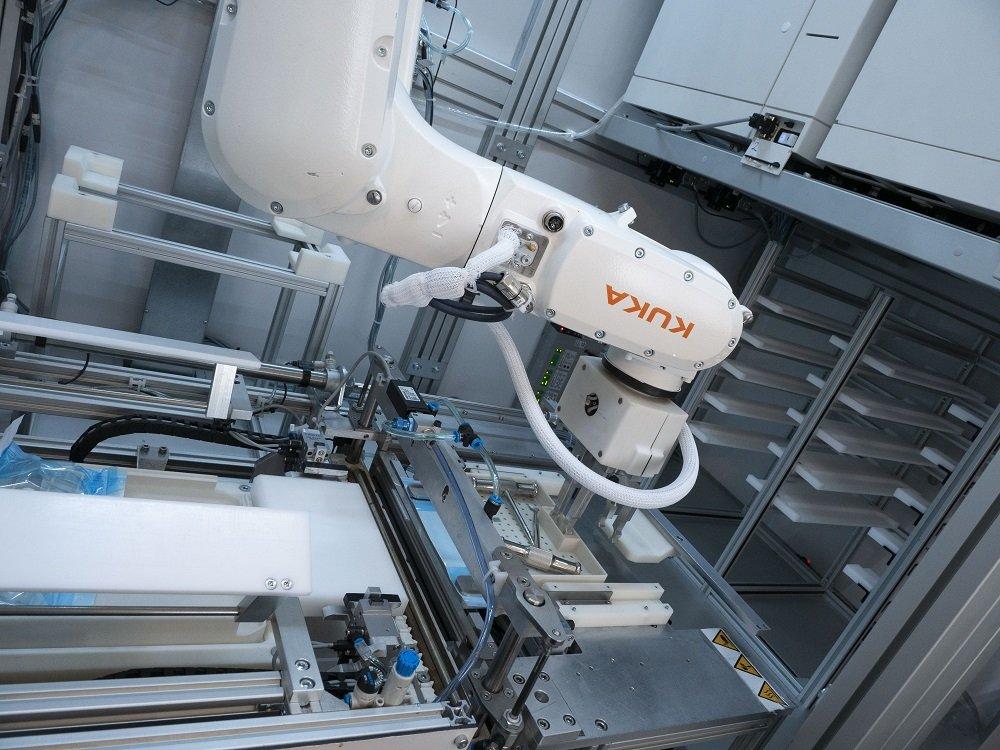Sterilizing surgical instruments: A robotic assistant in doctor`s practice


"The assistant had to take care of sterilizing the tools and drills, which took more than six hours every day," Dr. Castagno says. In addition, there was the bulky protective clothing, the monotonous procedure, and the hours of handling disinfection chemicals. "So the problem was by no means secondary."
In August 2018, Dr. Castagno came up with the idea of automating the process to free up staff time and invest the time saved in treating patients. The dentist began researching automation and robotics online. Eventually, he met Marco Galvan, who had extensive industry expertise. Together, they developed a project to automate the cleaning of medical instruments. The two founded the startup Robota.
"Friends and family supported our vision and helped us build the first real prototype," Castagno says. The prototype took shape and attracted the interest of other dentists. The idea of turning it into a saleable product gained momentum. And so, the dentist turned to KUKA.
Working even after closing time
Today, patients who enter the Valsesia dental office can admire the robot cell in action behind the reception desk. In a glassed-in island, a KUKA robot tirelessly juggles dental instruments.
Operation of the compact sterilization cell begins with the manual loading of the machine with the instruments in use. The instruments are then automatically decontaminated, rinsed, disinfected by chemical and mechanical processes, washed and placed in a drying station.
The KUKA robot KR 6 AGILUS recognizes the dental tools and moves them through the sterilization steps. In the final stage, each tool is individually packaged and sterilized so that it is ready for the next use. Once loaded, the sterilization cell can operate without human supervision, even after dental office closing hours. The staff is freed from this unpleasant and unergonomic task and can devote more attention to the patients.
A universally popular helper
"At first, we didn’t know how patients would react to having a robot on the medical team," Dr. Castagno says. "But we soon discovered that they associated the cleaning island with a high standard of hygiene." The KUKA robot behind glass is now very popular with patients in the waiting room: "They are enthralled by the sight of the tireless robotic arm."
KUKA Aktiengesellschaft
Zugspitzstr. 140
86165 Augsburg
Telefon: +49 (821) 797-50
Telefax: +49 (821) 797-5252
http://www.kuka.com
![]()